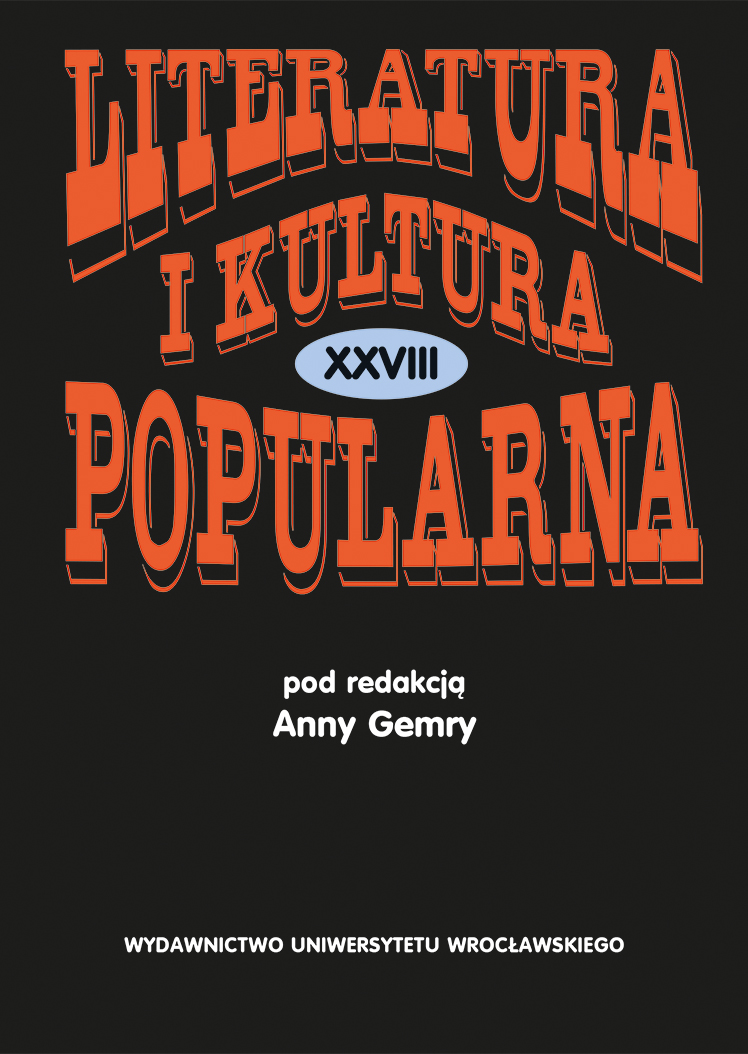

Artykuły

Literary works of Stefan Żeromski have been eloquently and fruitfully analyzed in search of schemes and conventions typical for popular literature and culture of the late 19th and early 20th century. However, these ingenious interpretations did not emphasize a crucial aspect of Żeromski’s attitude toward popular fiction, which may be described as metaconscious. Dzieje grzechu [The History of Sin] is a novel in which Stefan Żeromski most unashamedly and outspokenly used various advantages and possibilities offered to him by the realm of popular culture. Yet, in this case being both outspoken and unashamed is not equivocal with a lack of literary self-awareness, as some earlier commentators suggested. Therefore, a central point for my interpretation is a famous scene of homicide committed by the novel’s protagonist, Ewa Pobratyńska, on her lover during their erotic act. This scene, so long and so often dismissed by reviewers and researchers as exaggerated, sordid, cruel, and a sign of the writer’s declining taste, is in fact a verbatim quotation from the late 19th-century penny dreadful as a specific literary convention. When Ewa’s two relentless partners in crime first present her that project, she herself exposes its trivial sources, calling it a “rank idea” taken directly from a vulgar romance. In this way, Dzieje grzechu unmasks fictional and popular elements of its own construction. Yet, it avoids becoming a sheer pastiche, remaining a multidimensional text of several facets and perspectives.